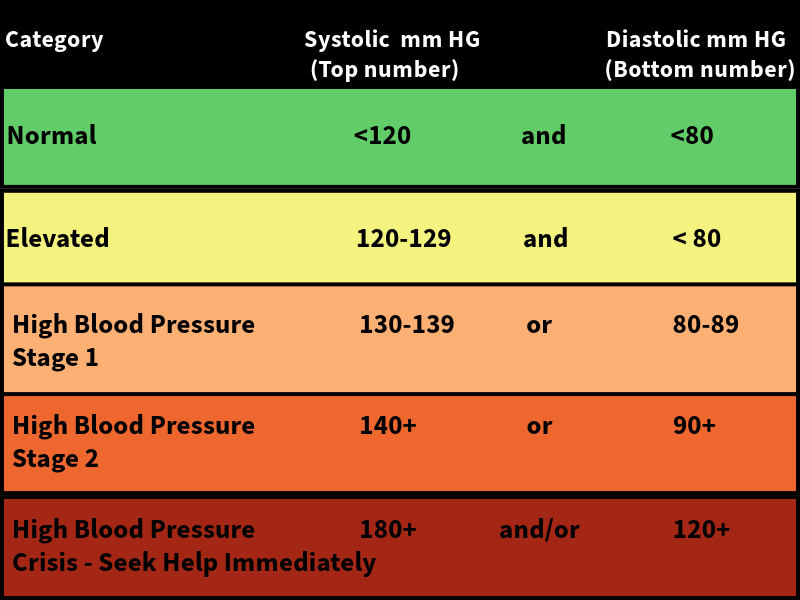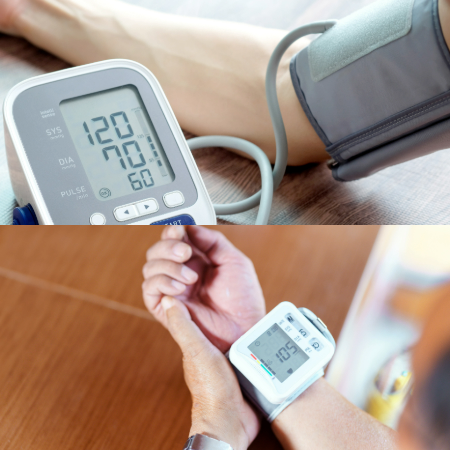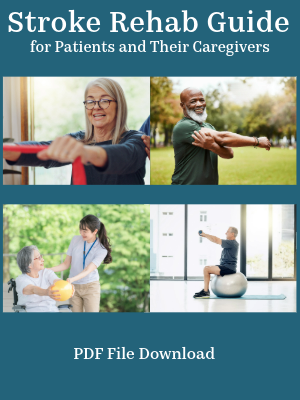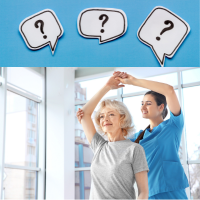Stroke and High Blood Pressure
High blood pressure, often referred to as hypertension, is a silent killer that can lead to serious health problems, including stroke. Understanding the connection between stroke and high blood pressure is crucial for prevention and early detection. Uncontrolled high blood pressure is called “the silent killer” because it often has no apparent symptoms.
Is High Blood Pressure Really That Serious?
High blood pressure is the biggest cause of strokes and is a ticking time bomb. If you ignore it, you're taking a dangerous gamble. High blood pressure is a leading cause of stroke, heart attack, kidney disease, and even blindness. The longer you let it go unchecked, the higher your risk of experiencing a catastrophic event.
Don't wait for symptoms. High blood pressure often has no warning signs. By the time you notice something is wrong, it could be too late. Regular blood pressure checks are your lifeline, and a simple visit to your doctor can save your life.
How High Blood Pressure Causes Stroke
High blood pressure occurs when the blood flows through the arteries with excessive force, putting undue strain on their walls. This constant pressure can stretch the arteries beyond their normal limits, causing microscopic tears. In response, the body attempts to repair these tears by forming scar tissue. However, the scar tissue can accumulate substances that contribute to plaque formation, leading to blockages, blood clots, and weakened arteries.
Hypertension can cause both ischemic and hemorrhagic strokes. In ischemic stroke, there is a blockage of blood flow. In hemorrhagic stroke, there is bleeding in the brain. High blood pressure can cause blood clots and narrowing of arteries seen in ischemic stroke or rupture of artery walls seen in hemorrhagic stroke.
What is Considered High Blood Pressure?
A normal baseline blood pressure reading is typically considered to be below 120/80 mmHg. The top number (systolic) measures the pressure when your heart beats, while the bottom number (diastolic) measures the pressure between beats. A systolic blood pressure between 120-129 is considered elevated. Blood pressure above 129/80 is considered high. There are various categories of high blood pressure as noted in the chart below:

This chart is for informational purposes only and is not meant to be medical advice. One should check with their physician to get a better understanding of their blood pressure readings and what actions need to be taken if blood pressure is high. Note that this chart is based on baseline blood pressure readings and not readings taken during exercise. Blood pressure during exercise can rise significantly. Discuss with your MD guidelines for blood pressure during exercise.
How to Monitor Your Blood Pressure
Regularly monitoring your blood pressure is essential for managing your health. You can use a home blood pressure monitor to check your readings at your convenience. There are various types of blood pressure monitors:

- Wrist or upper arm: Wrist monitors are convenient but may not be as accurate for some individuals. Upper arm monitors are generally considered more reliable.
- Digital or analog: Digital monitors are typically easier to read and often have additional features like irregular heartbeat detection.
- Automatic or manual inflation: Automatic monitors inflate automatically, while manual monitors require you to pump up the cuff.
Proper Technique:
- Preparation: Sit quietly for at least five minutes in a comfortable chair with your feet flat on the floor. Avoid caffeine, nicotine, or alcohol for at least 30 minutes before taking a reading.
- Arm positioning: Place your arm on a table at heart level.
- Cuff placement: Wrap the cuff snugly around the upper arm (or wrist if using wrist cuff) ensuring it's not too tight or too loose.
- Taking the reading: Follow the instructions provided with your monitor. Most digital monitors will automatically inflate the cuff and display the reading.
Take readings daily and at any time you experience symptoms such as dizziness or headache.
Who is at Risk for Stroke and High Blood Pressure
Several factors can increase your risk of developing high blood pressure, including:
- Age: The risk of high blood pressure increases with age.
- Family history: If your parents or other close relatives have high blood pressure, you're more likely to develop it.
- Lifestyle factors: Poor diet, lack of exercise, smoking, and excessive alcohol consumption can contribute to stroke and high blood pressure.
- Medical conditions: Certain health conditions, such as diabetes and kidney disease, can increase the risk of high blood pressure.
Treatment for High Blood Pressure
If you have high blood pressure, your doctor may recommend lifestyle changes and medication to manage your condition. Lifestyle modifications can include:
- Healthy diet: Eating a diet rich in fruits, vegetables, whole grains, and lean proteins can help lower blood pressure.
- Regular exercise: Aim for at least 30 minutes of moderate-intensity exercise most days of the week.
- Weight management: Losing weight can help lower blood pressure.
- Limit sodium intake: Reducing your intake of sodium can help lower blood pressure.
- Quit smoking: Smoking can damage blood vessels and raise blood pressure.
- Limit alcohol consumption: Excessive alcohol intake can contribute to high blood pressure.
In some cases, medication may be necessary to control high blood pressure. Your doctor will determine the most appropriate treatment plan based on your individual needs.
By understanding the link between stroke and high blood pressure, and taking steps to manage your blood pressure, you can significantly reduce your risk of experiencing a stroke. To learn more about high blood pressure, visit https://www.nhlbi.nih.gov/education/high-blood-pressure
Get Our Stroke Rehab Guide

Our stroke rehab guide is designed specifically for patients and caregivers. It's in pdf format and can be immediately downloaded. It includes about
- Stroke Definition & Causes
- Stroke Treatment
- Rehabilitation Information for Physical, Occupational and Speech Therapy
- Exercise pictures
- Q&A from patients and caregivers
- Adaptive Equipment & Techniques
- How to Prevent Another Stroke & More!
Medical Disclaimer: All information on this website is for informational purposes only. This website does not provide medical advice or treatment. Always seek the advice of your physician or other healthcare provider before undertaking a new healthcare or exercise regimen. Never disregard professional medical advice or delay seeking medical treatment because of something you have read on this website. See the disclaimer page for full information.
- Home
- Types of Stroke
- Stroke and High Blood Pressure













